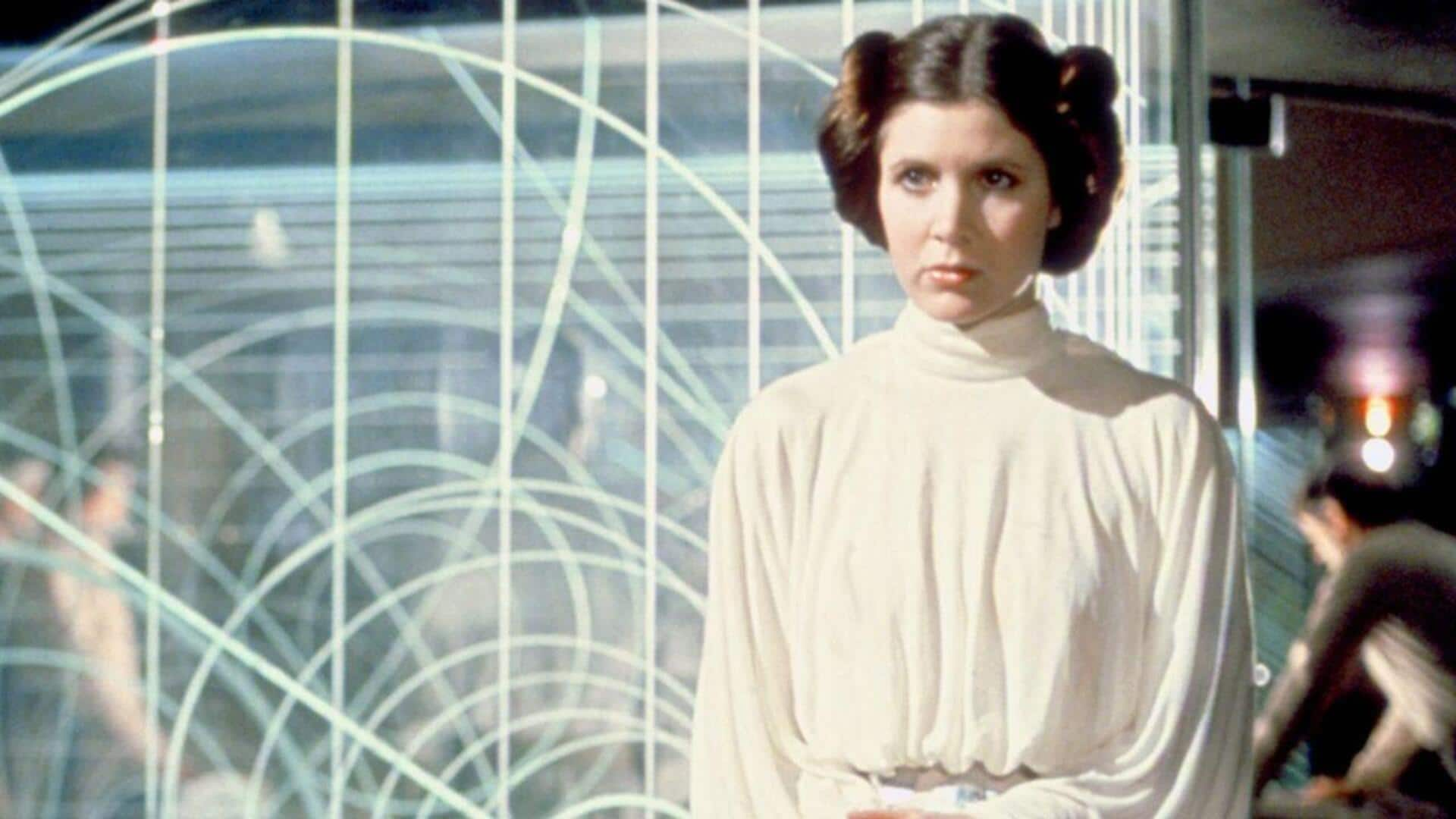
How 'Star Wars's Leia Organa redefined female heroes on screen
What's the story
From the day she made her debut, Leia Organa has transformed beyond recognition. A key character in the Star Wars saga, Leia's growth aligns with what has changed in cinema and the world around it. Once a princess with the ability to lead a rebellion, Leia's character grew to show her strength and intelligence. Here's a look at how Leia's character evolved across films.
#1
'Star Wars: A New Hope' introduction
When Leia Organa was introduced in Star Wars: A New Hope, she was a strong-willed princess who subverted the traditional damsel-in-distress tropes. Her status as the leader of the Rebel Alliance distinguished her from her female counterparts of her time. Even after being captured by Darth Vader, she stayed composed and helped actively in her own rescue. This portrayal signaled a shift towards empowered female characters in cinema.
#2
Leadership and strategy in 'The Empire Strikes Back'
In The Empire Strikes Back, Leia's leadership skills were further highlighted. She took charge at critical moments, showcasing her strategic thinking and decision-making abilities. Her interactions with Han Solo also revealed layers to her character beyond royalty, highlighting vulnerability alongside strength. This film established her not just as a figurehead but as an integral part of the Rebel Alliance's success.
#3
Emotional depth in 'Return of the Jedi'
Leia's character also became more emotional in Return of the Jedi. The revelation that she was also a Skywalker made her story more complicated. From being allies, she and Luke Skywalker became siblings, making both their stories richer. Leia also fought the Empire in some of the most pivotal battles, displaying her courage and commitment to freedom.
#4
Legacy beyond the original trilogy
Leia Organa's legacy transcended the original trilogy into newer installments, such as The Force Awakens. As General Leia, she led resistance efforts against oppressive forces while dealing with personal losses. Her transformation from princess to general was a reflection of changing mindsets on gender roles in leadership positions over time.